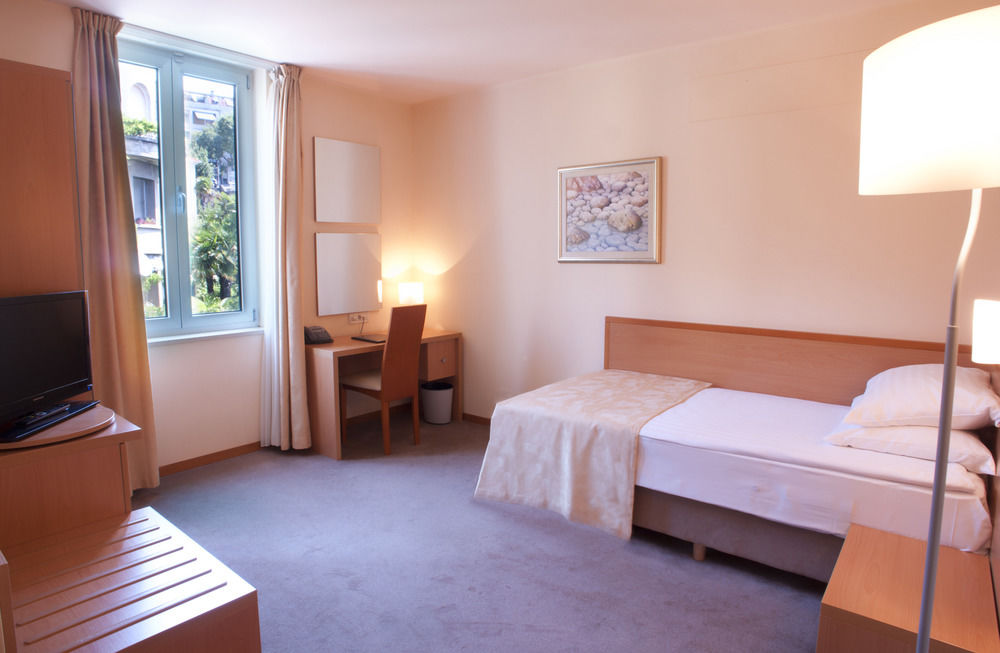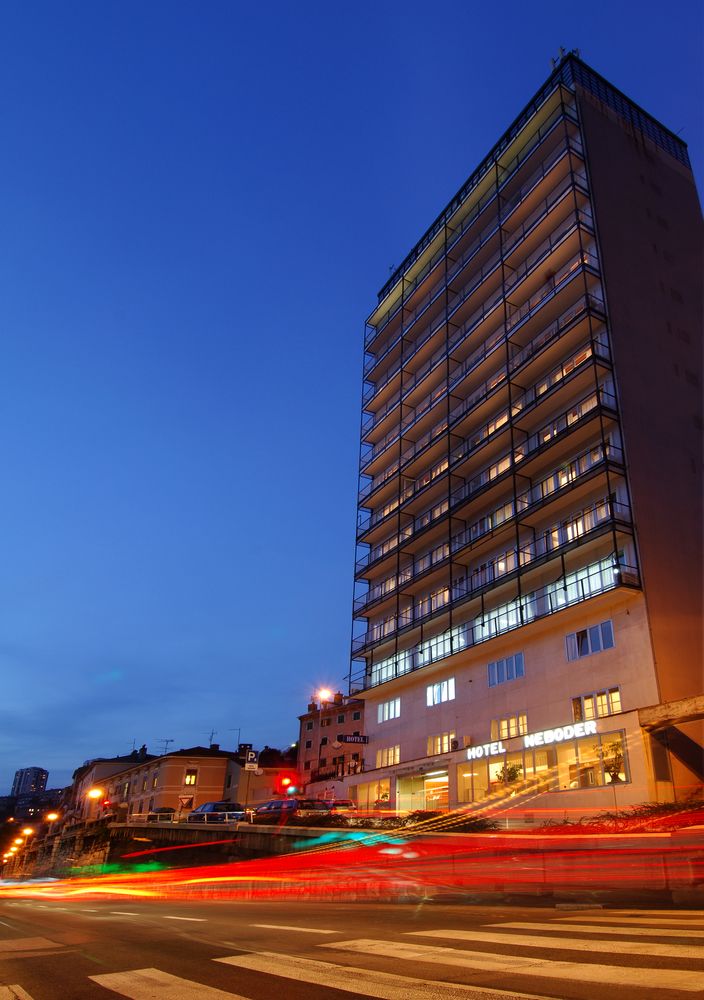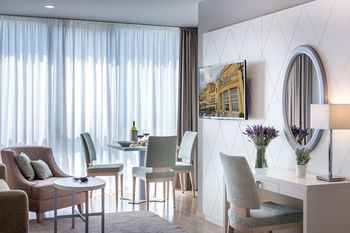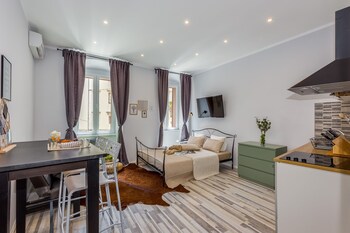
Find hotels in Rijeka
Lowest prices detected by AI for hotels
Best
Cheapest
Star Ratings
AI Recommended
Best Hotels In Rijeka
Cheapest Hotel Deals in Rijeka
Top Rated Hotels
4 Star Hotels in Rijeka
3 Star Hotels in Rijeka
AI-recommended Destinations
Where to stay in Rijeka
More About Rijeka
Rijeka (Croatian pronunciation: [rijěːka] ( listen); Italian: Fiume, [ˈfjuːme]; Slovene: Reka; German: Sankt Veit am Flaum; all but the last one, "Saint Vito at the River", meaning "River"; see other names) is the principal seaport and the third-largest city in Croatia (after Zagreb and Split). It is located in Primorje-Gorski Kotar County on Kvarner Bay, an inlet of the Adriatic Sea and has a population of 128,624 inhabitants.
Historically, because of its strategic position and its excellent deep-water port, the city was fiercely contested, especially among Italy, Hungary (serving as the Kingdom of Hungary's largest and most important port), and Croatia, changing hands and demographics many times over centuries. According to the 2011 census data, the overwhelming majority of its citizens (94.52%) are Croats, along with small numbers of Bosniaks, Italians and Serbs. The city has a strong local sense of identity and the autochthonous inhabitants of Rijeka are referred to as Fiumans.
Rijeka is the main city of Primorje-Gorski Kotar County. The city's economy largely depends on shipbuilding (shipyards "3. Maj" and "Viktor Lenac Shipyard") and maritime transport. Rijeka hosts the Croatian National Theatre Ivan pl. Zajc, first built in 1765, as well as the University of Rijeka, founded in 1973 but with roots dating back to 1632 School of Theology.Apart from Croatian and Italian, linguistically the city is home to its own unique dialect of the Venetian language, Fiuman, with an estimated 20,000 speakers among the autochthonous Italians, Croats and other minorities. Historically Fiuman served as the main lingua franca between the many ethnicities inhabiting the multiethnic port-town. In certain suburbs of the modern extended municipality the autochthonous population still speaks the Chakavian tongue, a dialect of the Croatian language.
In 2016, Rijeka was selected as the European Capital of Culture for 2020, alongside Galway, Republic of Ireland.
 Time UTC+02
Time UTC+02 Currency HRK
Currency HRK Languages Croatian
Languages CroatianWhat’s Special about Staypia?
Compare hotel prices in real-time
AI finds you the lowest price for hotels in Rijeka.
Lowest price for 3.16M hotels worldwide
Book with up to 31% extra discounts only for Staypia members.
Travel bucket list for Rijeka
Plan your trip with over 17K 'must see' recommendations for Rijeka
Frequently Asked Questions
The most highly rated hotels in Rijeka are Hotel Jadran Rijeka, Hotel Bonavia Plava Laguna, Hostel 1W.
Generally, room reservations are subject to a free refund until the cancellation deadline. Fees may apply after the cancellation deadline, so please check the cancellation deadline on your hotel voucher or in Menu > My Reservation.
If you’re a frequent traveler, Staypia is the best place to get the best hotel deals. You can book hotels with the lowest price of 3.16 million hotels collected by AI, and receive additional discounts for members only.















